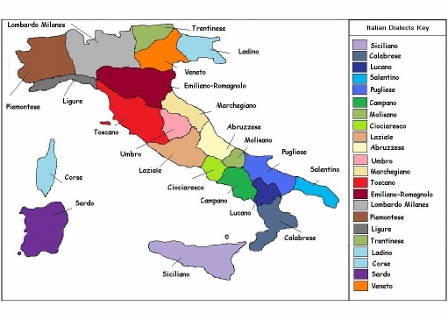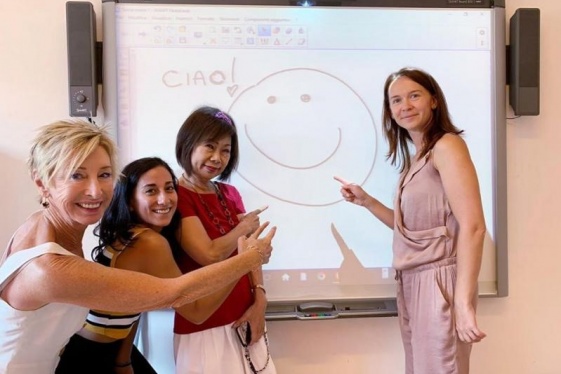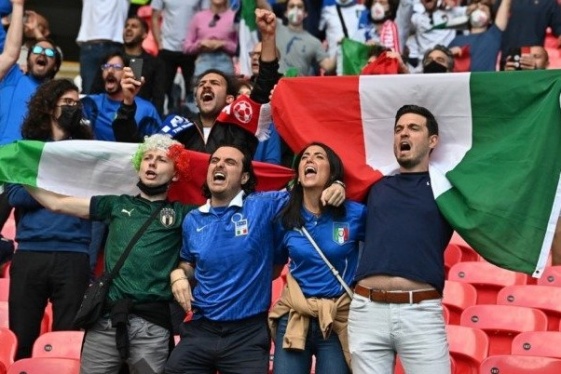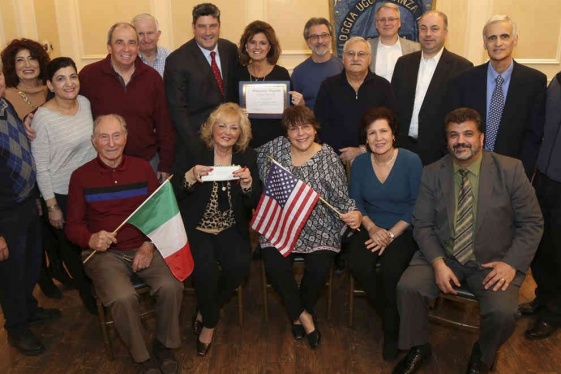

WTI Magazine #69 2015 October, 2
Author : Elda Buonanno Foley Translation by:
The topic of this article has been triggered by a recent conversation with an American student who, while addressing Italian identity, asked me if the song "'O sole mio" sang by his grandparents, immigrants from Italy, was the official Italian anthem. While pondering which angle to take to address my reply, the first image I thought was of "one Italy with many Italians". With this statement, I specified to the student that while Italy was unified in 1861, the people of Italy still remained divided, not only for political and social reasons (the story is too long to be shortened in this article) but mainly linguistically and the popularity of the Neapolitan song, sang so often by the student's relatives, testified to an important reality.
Italy is one of the few countries in the world, where not one but many languages cohabit together. The dialects of Italy, in fact, are not simply real expressions of peculiar local and regional identities: they are "languages", real and vibrant testimonies of customs, uses and identities deeply rooted in the local community and still very much alive.
Let me address a few specifics: almost 95% of Italians speak the standard Italian language, the modern form of the literary language as "invented" by Dante Alighieri and, for centuries, molded and elevated into a proper language. On the other hand, and on a more local level, we can find dialects, that even if once were spoken by the majority of the people, in today's time they seem to be the expressions of specific classes: older generations and illiterate people (very rare considering the high rate of education in Italy). Dialects, also seems to be spoken only in closed environments (like home or/and in family gatherings) and certainly not at official or formal events. In addition to that, their presence seems to be more evident in the South of Italy (think about The Neapolitan or the Sicilian), in the big islands (Sicily and Sardinia) and in the North-East of Italy (Venetian areas are the ones were the local dialects are very much present and spoken among people).
Having said that, the perspective on the use of dialect has changed through the years and it has passed from a negative approach in the use of vernacular, considered of low lineage and of lower quality, into a more positive approach. As a matter of fact, now dialects or fragments of them, are considered a vital testimony of an old identity that is sang in modern songs, (think about the contemporary music of great singers like Pino Daniele, who would sing in his Neapolitan dialect and would become popular beyond regional frontiers) or contemporary theater or TV programs (the examples of Biagio Izzo, Aldo, Giovanni e Giacomo, Lello Arena and so many others, or TV popular shows such as Benvenuti al Sud) in which the regional essence and cultural identity are brought to light and emphasized.
In sum, there is no evident sign of the dialect disappearing: they cannot be considered as extinguished forms of language contaminated by the standard Italian that is always innovating itself and expanding. As a matter of fact, dialects are continued to be spoken not as a main vehicle of linguistic expression, but rather as a vibrant testimony of local identity that are kept alive by the vernacular and it is passed to younger generations also in forms of public ceremonies, food, and festivities.
You may be interested
-
Italian world language teacher 2015-2016
FRAMINGHAM PUBLIC SCHOOLS - JOB DESCRIPTION TITLE: World Language Teacher - Italian...
-
'Italy Stay Strong': What The Coronavirus Eme...
On the northern coast of Sicily, looking out toward the magnificent Aeolian Islands, Milaz...
-
‘Carnivale’ doubles as event to persuade YSU...
Lent begins next Wednesday but the Italian community of Youngstown celebrated their own Ma...
-
‘Il Canto degli Italiani’: What the Italian n...
The Italian football team and its fans are known for belting out rousing renditions of the...
-
‘In Other Words’ review: Jhumpa Lahiri’s love...
By Howard Norman Jhumpa Lahiri lived with her family in Rome in 2012. Though she...
-
‘Let’s Choose Three Words’: the Project dedic...
‘Let’s Choose Three Words’ is a new educational project promoted by the Ministry of Foreig...
-
‘Living in Rome’ talk accompanies Italian din...
An Italian Dinner and Talk on "Living in Rome: Duties, Distractions and Delights" will be...
-
‘Sons’ save Primavera program
A community program providing supplemental education in a foreign language to community ch...










